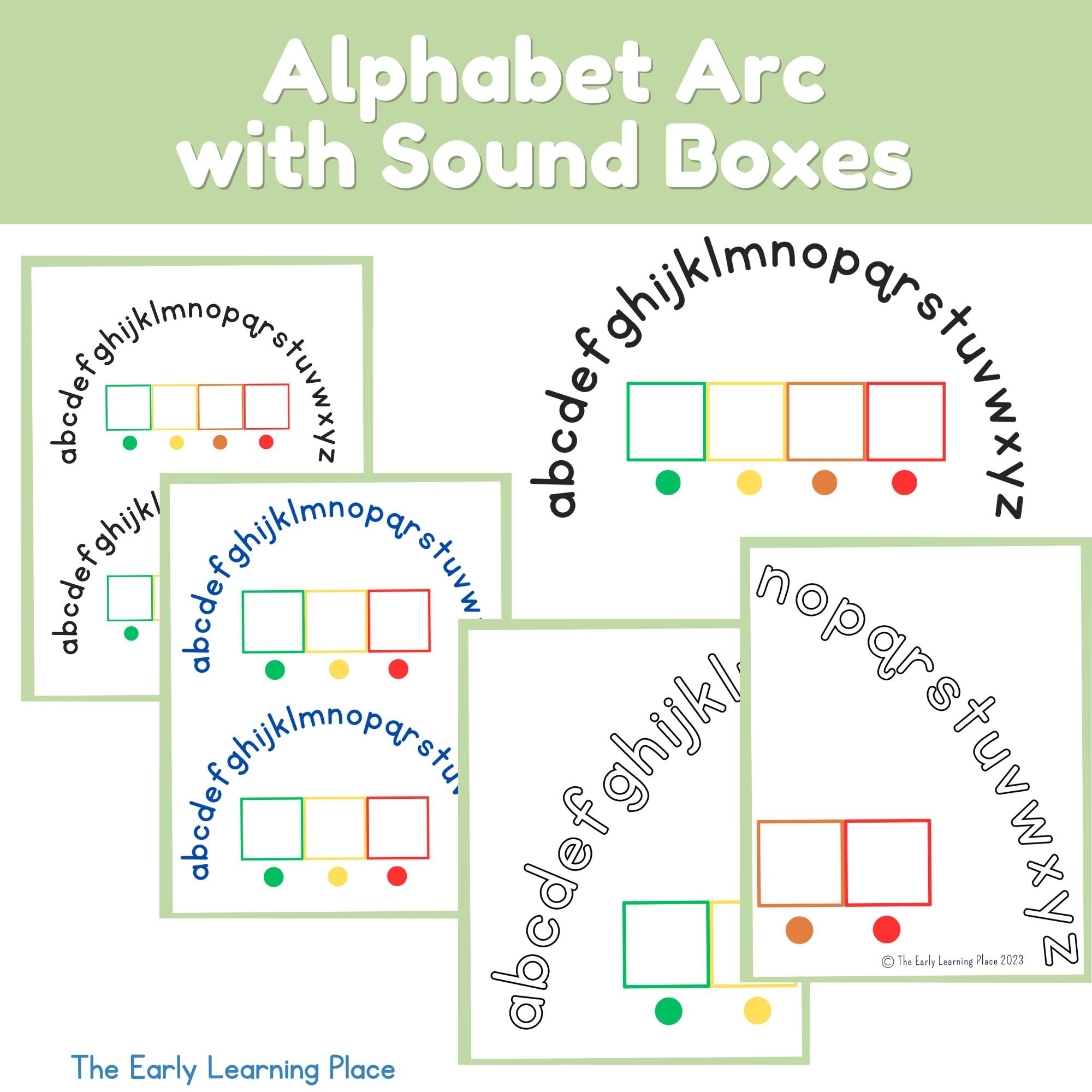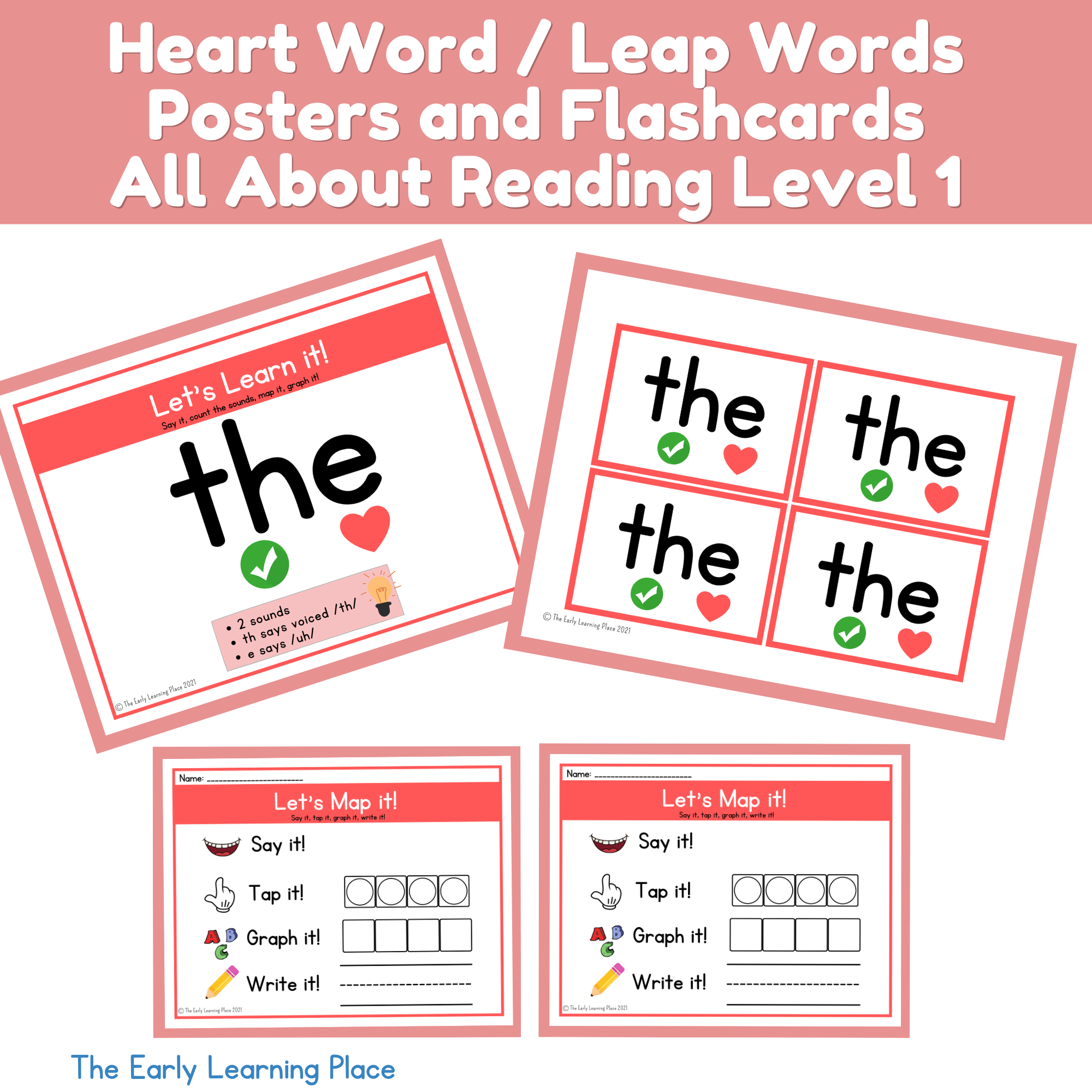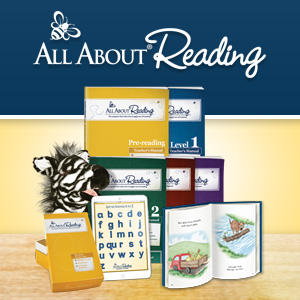Understanding Consonant Blends: Strategies for Parents to Support Early Readers
Blends: Strategies for Parents to Support Early Readers
Has your child ever read a word like, next as “net”? Or stop as “top”?
This is super common for readers, especially those just starting, to struggle with this.
Your reader might be a pro at reading words like "cat" and "dog," and even words with two letters making one sound like "sh" in "shop." But when it comes to words with a bunch of consonants bunched together, like "stop" or "train," they get tripped up. These tricky words are called "consonant clusters" or “consonant blends.
Let’s explore how we can help our little ones conquer consonant blends without memorization, and I'll share some fun alternatives to make the process easier for both you and your child!
What Is a consonant blend or consonant cluster?
A consonant blend (or consonant cluster) is a group of two or three consonants together at the beginning or end of a word, where each letter still makes its own sound, even though they’re "blended" together.
For example, in the word "grass," we hear both the /g/ and /r/ in the “gr” blend.
clap next grass pond
Blends can appear at the start of words (initial blends like “gr” in grass) or at the end (ending blends like “xt” in next).
Are Digraphs and Blends the Same?
No, they’re different!
In a blend, each letter still retains its sound. For example, in the word pond, you can still hear the individual /n/ and /d/ sounds in the “nd” ending blend.
This is not the same as a digraph (th, ch, ch, sh). In a digraph, the letters work together to make a NEW sound.
For example, in the word shop, we see 4 letters, but the word only has 3 sounds. /sh/ /ŏ/ /p/.
In the word flap, we see 4 letters— and the word has 4 sounds. /f/ /l/ /ă/ /p/. Each of the letters f, and l, keeps its unique sound.
Note: You will sometimes see a digraph as part of a blend, like in lunch or shrine.
What are Some Examples of Blends?
Should I Teach Consonant Blends as Units (have my child memorize them)?
Good news! You don’t need to teach consonant blends as whole units. Your child doesn’t have to memorize each blend; they just need to understand how to blend individual sounds together.
Blends are simply consonants coming together, and if children know the sounds of each letter, and understand how we blend sounds to form words, they’ll be able to blend them with a little practice.
What Should I Focus on Instead?
Blending and segmenting are the key skills here. (You can read more about blending in our blog on blending.) Consistent practice with these techniques will help your child read words with blends.
Remember, each consonant keeps its own sound in a blend, so it’s about putting those sounds together smoothly.
When Should a Child Learn Consonant Blends?
Kids typically learn blends after mastering short vowels and digraphs, but before moving on to long vowels. If your child is comfortable with CVC words and is ready for a bit more of a challenge, you can start introducing blends.
How do I Teach and Explain Blends to Kids?
Rather than teaching blends in isolation, focus on building your child’s blending and segmenting skills. Here’s what to do:
1.Decide if your child needs explicit practice with blends:
If they struggle with blending, practicing blends can be helpful. But if they’re already strong with this skill, you may not need to focus too much on blends.
2. Explain it:
Tell them that blends are like letters that have been in a blender too long! They still say their own sound, but they’re said quickly together. Remind them that, to read longer words we still say each sound.
3. Practice!
Make sure your child practices blending and segmenting sounds in words with blends.
What If My Child Is Having Trouble Blending?
Even if your child finds consonant blends tricky, it’s still not necessary to teach each one individually. Focusing on blending and segmenting sounds is much more effective.
If children understand the individual consonant sounds, there is no need to burden them with memorizing the blends as whole units of sound.
So what can you do?
Focus on blending and segmenting. We need our kids to get good at this, so they can read words with blends.
If segmenting and blending words with blends is challenging for your child, check out this blog about blending or this one on blending CVC words. I talk about different strategies to strengthen our kids' blending skills.
For children who struggle with consonant blends, sound boxes (Elkonin boxes) can be a fantastic visual tool. Draw boxes for each sound in a word and have your child move a token as they say each sound. This helps them see if they’ve missed a sound.
*For example, in the word "flat," you can use four boxes: /f/ /l/ /a/ /t/. As your child says each sound, they move a token into the corresponding box.
Blends Posters and Activities
Here are some fun and colorful posters and activities if your child needs support with initial and ending blends.
You Can Do This! Understanding Consonant Blends
You’ve got this! With consistent practice and a few helpful strategies, your child will become confident in reading words with consonant blends.
Tools that Promote Consonant Blends…
Tools I Love
🔧
Tools I Love 🔧
The Early Learning Place contains affiliate links. If you make a purchase, I may receive compensation at no extra cost to you! But I do SO appreciate your support! (And I will only ever, suggest tools that I personally use and love!)
These Reading Skill Sets from Lovevery are a DREAM!! They provide an insanely beautiful and fun way to practice phonics skills! Check them out here!
Use code PLAY15 for 15% off any game from The Fidgit Game! My pick for practicing CVC words is Word Pop!.
This is a MUST for me! Great multisensory way to do a blending board! Just take away the picture card to build words with 4 sounds!
I love these cute sound segmenting trays! Great for practicing some phonemic awareness if your child is struggling with blends!
Want some step-by-step instructions on how to teach your beginner reader? Check out All About Reading! This is the ONLY program I recommend! Perfect for homeschool families, who want an affordable yet effective program to use at home. My content and philosophy align perfectly with it! Click here to learn more and feel free to message me if you are unsure what program would be the best fit!
























